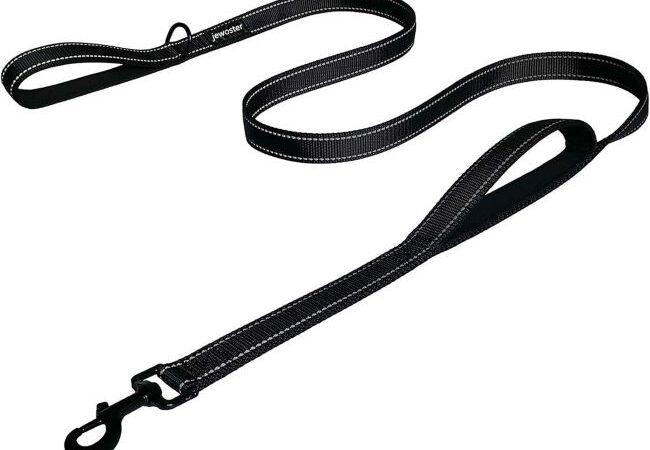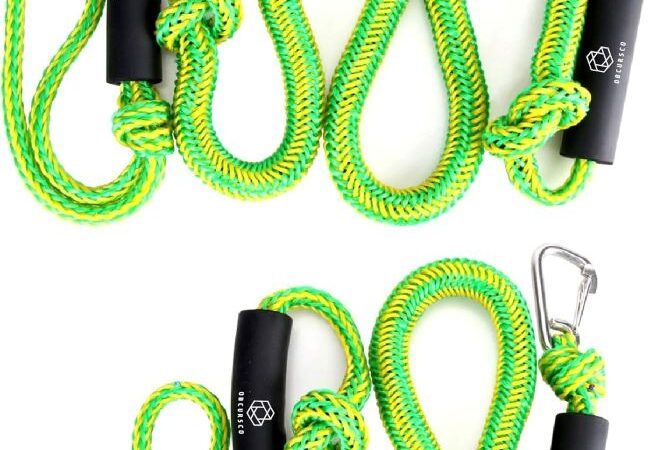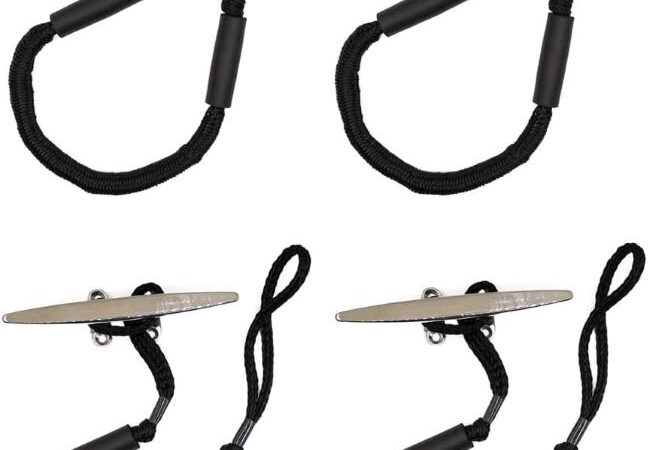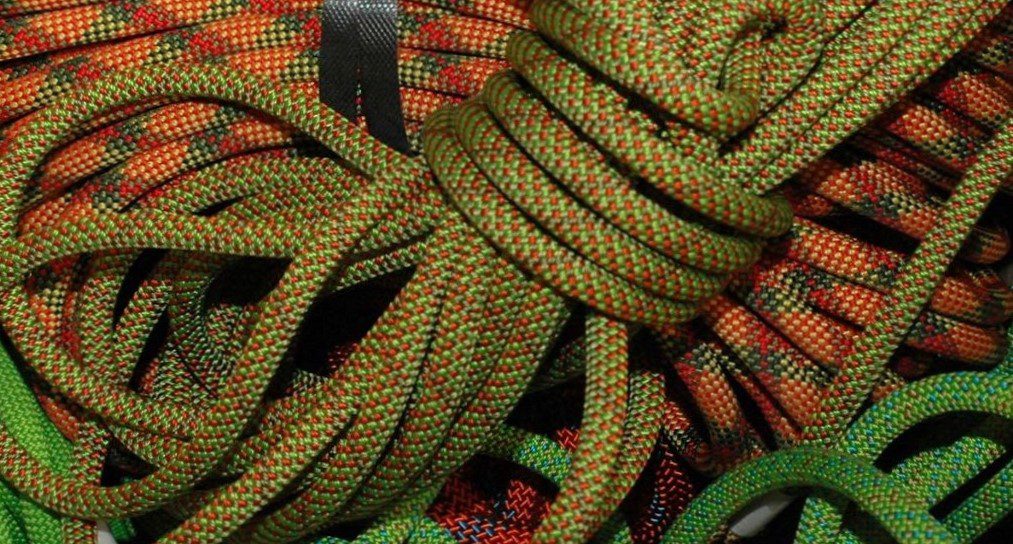
How Many Times Can You Fall on a Climbing Rope: Safety Limits
A climbing rope can withstand multiple falls, but the exact number depends on the severity of the falls and the rope’s condition. Manufacturers typically rate ropes for a certain number of standard falls.
Contents at a Glance
ToggleClimbing ropes are essential for safety in the vertical world of rock climbing and mountaineering. They serve as a lifeline, designed to absorb the energy of a fall, thereby reducing the impact on the climber. Climbing ropes come with a fall rating, which indicates how many severe falls they can handle before they should be retired.
These ratings, established by the UIAA (International Climbing and Mountaineering Federation), help climbers gauge the durability and lifespan of their ropes. It is crucial for climbers to regularly inspect their ropes for wear and tear, as factors like frequency of use, rope care, and the type of climbing can all affect a rope’s integrity. Always consult the manufacturer’s guidelines and replace the rope if you have any doubts about its safety.
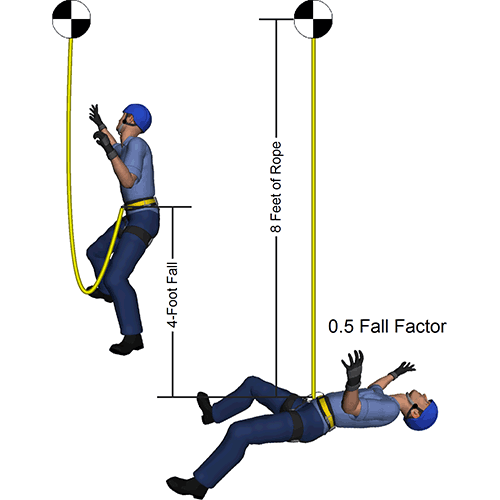
Credit: roperescuetraining.com
Introduction To Climbing Rope Durability
Climbing ropes are the lifelines for climbers. They are designed to withstand falls, abrasion, and other stresses experienced during climbing. Understanding the durability of these ropes is crucial. It ensures safety while scaling vertical heights. Durability depends on the type of rope, usage, and care. Climbers trust their ropes to hold through every challenge. Yet, every fall impacts a rope’s integrity. Regular inspections and proper maintenance are essential.
The Role Of Climbing Ropes
Climbing ropes serve as a critical safety tool. They catch climbers if they slip or fall. Ropes absorb the force of falls through a process called dynamic elongation. They stretch to reduce the impact on the climber and the anchor points. This stretchiness is a key feature of dynamic climbing ropes. It differs from static ropes used in rappelling and rescue operations, which do not stretch significantly.
Factors Affecting Rope Longevity
- Material: Ropes made from durable materials like nylon can last longer.
- Frequency of Use: Ropes used often wear out quicker.
- Fall Factor: Higher fall factors put more stress on ropes.
- UV Exposure: Sunlight can weaken ropes over time.
- Chemicals: Exposure to harmful chemicals can damage ropes.
- Care and Storage: Proper handling extends rope life.
Rope longevity also hinges on the type of climbing. For instance, top-rope climbing causes less wear than lead climbing. Each fall, the rope absorbs energy, which can lead to micro-damage. Over time, this damage accumulates. It eventually degrades the rope’s performance.
Understanding Fall Factors
Climbing is thrilling. It’s also full of risks. One key risk is falling. But not all falls are equal. Fall factors tell us about the severity of a fall. They help climbers understand risks. They also guide us in rope care. Let’s dive into the world of fall factors.
Fall Factor Explained
Fall factors measure fall severity. It’s a simple math ratio. This ratio compares the fall distance to rope length. The formula is Fall Factor = Fall Distance / Rope Length. A higher fall factor means a harder fall. Fall factors range from 0 to 2. A fall factor of 0 is safe. A fall factor of 2 is the most severe.
- Fall Factor 0: Climber falls, but rope doesn’t stretch.
- Fall Factor 1: Fall distance equals rope length. It’s serious.
- Fall Factor 2: Fall distance is twice the rope length. It’s critical.
The Impact Of Fall Factor On Rope Wear
Rope wear increases with fall factors. Each fall affects the rope. More falls or higher fall factors wear ropes faster. Let’s see how fall factors impact rope life.
| Fall Factor | Effect on Rope |
|---|---|
| 0 | Minimal wear |
| 1 | Significant wear |
| 2 | Extreme wear |
Each fall puts stress on the rope. The rope absorbs energy. This causes wear. Over time, the rope weakens. Climbers must inspect ropes often. They should replace them as needed. Safety comes first. Remember, ropes have a lifespan. It depends on usage and fall factors.
Rope Ratings And Standards
Understanding rope ratings and standards is crucial for climbers. It determines how many falls a rope can withstand. The climbing community relies on standardized safety ratings to ensure the durability and reliability of climbing ropes. These ratings help climbers to make informed decisions when purchasing a rope. Let’s explore the two main standards.
Uiaa Safety Ratings
The International Climbing and Mountaineering Federation, known as UIAA, sets global safety standards. Their ratings focus on the fall rating of climbing ropes. This rating shows how many standard falls a rope can handle before it becomes unsafe. The test simulates falls that generate a force of 12 kN. A rope must survive at least five such falls to meet the UIAA standard.
- Single Ropes: These are tested with an 80kg weight.
- Half Ropes: Tested with a 55kg weight per strand.
- Twin Ropes: Tested with an 80kg weight on two strands.
A higher fall rating means a stronger rope. But it does not mean it will last forever. Always inspect your rope for damage.
En 892 Standard Explained
The EN 892 standard comes from the European Union. It covers dynamic climbing ropes. Like the UIAA, it includes tests for fall rating, elongation, and impact force. A key difference is that EN 892 uses a slightly different fall factor. This results in a tougher test for the rope. It’s important to note that ropes certified by EN 892 also meet UIAA standards.
| Type | Weight Used | Falls Survived |
|---|---|---|
| Single Ropes | 80kg | 5-12 falls |
| Half Ropes | 55kg | 5 falls |
| Twin Ropes | 80kg | 12-15 falls |
Both the UIAA and EN 892 standards are strict and reliable. They ensure that ropes can handle multiple falls. However, the number of falls your rope can actually withstand varies. It depends on many factors like rope care, type of climbing, and environmental conditions. Regularly check your rope for wear and tear. Be mindful of the rope’s age and usage history.
Types Of Climbing Ropes
Understanding Types of Climbing Ropes is crucial for safe climbing. Different ropes cater to different climbing needs.
Single, Half, And Twin Ropes
Let’s explore the three main types of ropes used in climbing:
- Single Ropes: These are the most common type. They are used for sport and indoor climbing. They handle most climbing scenarios well.
- Half Ropes: These are used in pairs. Each rope is clipped into alternate pieces of protection. They are great for trad climbing.
- Twin Ropes: Also used in pairs but always clipped together. They offer safety on sharp rocks and ice.
Dynamic Vs. Static Ropes
Understanding the difference between dynamic and static ropes is essential:
| Dynamic Ropes | Static Ropes |
|---|---|
| Stretch to absorb fall energy. | Very little stretch, used for rappelling and rescues. |
Dynamic ropes are best for climbing as they reduce the force of a fall. Static ropes are ideal for non-climbing tasks.
The Lifespan Of A Climbing Rope
Understanding the lifespan of a climbing rope is crucial for every climber’s safety. A climbing rope is a lifeline, quite literally. Knowing when to retire it is as important as knowing how to use it. Factors like frequency of use, type of climbing, and care can influence a rope’s lifespan.
General Lifespan Guidelines
Manufacturers often provide a general lifespan for their ropes. Climbing ropes can last from a single fall to several years. It’s not just about the number of falls but the severity and conditions of each fall. Here’s a simple breakdown:
- Never used: Up to 10 years
- Occasional use: 3 to 5 years
- Regular use: 1 to 3 years
- Frequent falls or heavy loads: 1 year or less
Signs Of Rope Aging
Spotting wear and tear can save lives. Look for these signs:
| Signs of Aging | What to Look For |
|---|---|
| Fraying | Visible strands coming loose from the sheath. |
| Discoloration | Color fading or dirt that won’t wash out. |
| Stiffness | The rope feels stiff or difficult to bend. |
| Soft Spots | Areas where the rope feels squishy or compresses easily. |
| Core Shots | Inner core exposed through the sheath. |
Regular inspections before and after climbs are essential. If you doubt your rope’s integrity, it’s time to retire it.
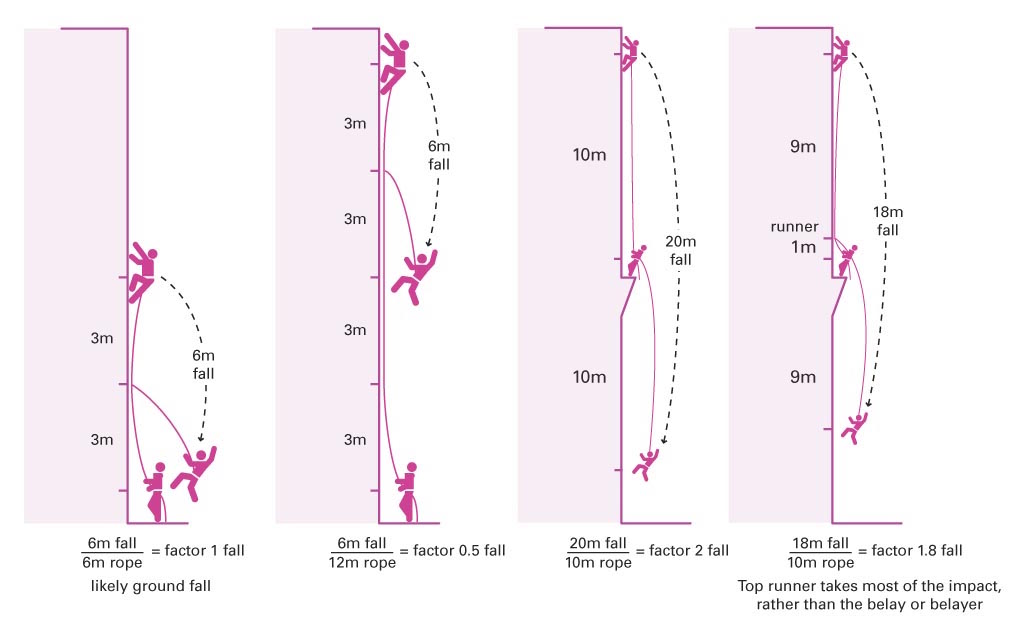
Credit: howtoclimbharder.com
Inspecting Your Rope
Understanding the lifespan of your climbing rope is vital for safety. Climbing ropes can endure numerous falls, but they aren’t invincible. The key to rope longevity and climber safety is regular inspection. This section focuses on how to inspect your rope effectively.
Routine Check-up Tips
Regular inspections keep your rope in top condition. Follow these tips:
- Check before climbing: Examine your rope for visible wear each time.
- Feel for inconsistencies: Run the rope through your hands to detect soft spots or bulges.
- Clean your rope: Dirt can damage fibers. Wash it following the manufacturer’s instructions.
Identifying Critical Damage
Spotting severe damage is crucial for avoiding accidents. Be aware of these signs:
| Damage Type | Description |
|---|---|
| Core Shots | Visible core fibers through the sheath. |
| Cuts or Abrasions | Deep cuts or fraying on the rope’s surface. |
| Discoloration | Changes in color can indicate chemical damage. |
Retire your rope immediately if you notice any of these issues. Your safety depends on the integrity of your climbing rope. Inspect it diligently and replace it when necessary.
Real-life Factors Influencing Rope Life
Real-Life Factors Influencing Rope Life matter a lot for climbing safety. We’ll explore how conditions and use affect your rope’s health.
Environmental Conditions
Climbing ropes face various environmental challenges. These factors can reduce a rope’s lifespan:
- Moisture: Wet ropes can weaken and rot.
- UV Rays: Sunlight can damage rope fibers.
- Temperature: Extreme cold or heat affects rope elasticity.
- Chemicals: Acids and other substances can corrode ropes.
Ropes need protection. Store them dry, away from sunlight and chemicals.
Frequency And Type Of Use
How often and how you use your rope also impacts its condition:
| Type of Climbing | Impact on Rope |
|---|---|
| Indoor | Less wear, longer life |
| Sport Climbing | More falls, faster wear |
| Trad Climbing | Variable wear, depends on route |
| Ice Climbing | High risk from sharp edges |
Check your rope after each climb. Look for frays or severe wear.
Ropes last longer with proper care. Always follow manufacturer guidelines for rope care and retirement.
Retiring A Rope
Rock climbing is thrilling. Safety is key. Your climbing rope is vital. It won’t last forever. Knowing when to retire your rope is crucial. It ensures your adventures stay safe.
When To Retire Your Rope
Ropes wear out. They get fuzzy, flat spots, or core shots. These are bad signs. A rope’s life varies. It depends on its use. Regular checks are important. Look for these signs:
- Visible damage: Nicks, cuts, or sharp edges
- Feel test: Soft spots or stiffness
- Harsh falls: Repeated hard falls reduce rope strength
- Age: Even with light use, age weakens ropes
Follow the manufacturer’s guidelines. Five years is a common lifespan. But heavy use might shorten this. Replace your rope if unsure. It’s about your life.
Proper Disposal Of Old Ropes
Don’t just toss old ropes. They can be recycled. Ropes are made of nylon. Nylon can be reused. Some companies take back old ropes. They make new products. You can also:
- Donate to local art projects
- Use for non-climbing activities
- Recycle at specialized facilities
Be creative. Old ropes can become rugs, dog leashes, or even hammocks. Give them a new life. Keep the environment in mind. Dispose of ropes responsibly.
Safety Practices In Climbing
Safety Practices in Climbing are crucial for every climber’s well-being. Whether a novice or an expert, understanding the limits and capabilities of your climbing rope is vital. A climbing rope can withstand numerous falls, but its lifespan depends on the severity and frequency of the falls. Regular inspection and maintenance ensure a rope remains reliable. Let’s explore key safety practices to help prevent accidents and extend the life of your climbing rope.
Proper Fall Techniques
Falling correctly can reduce the impact on both the climber and the rope. Here are steps to master the art of falling safely:
- Stay Relaxed: Tense muscles can lead to injuries. Breathe and stay as loose as possible.
- Look Down: Spot your landing to prepare for impact.
- Push Away: Slightly push from the wall to avoid collision.
- Bend Your Knees: Absorb the fall with your legs.
- Keep Your Chin Up: Prevents head from snapping back.
Remember to practice these techniques under supervision before attempting high climbs.
Partner Communication And Belaying
Effective communication between climbing partners is essential for safety. Clear signals and checks are a must. Here’s a checklist to ensure proper belaying and communication:
| Partner Check | Communication During Climb | Post-Climb Check |
|---|---|---|
| Verify knots and gear | Alert partner before taking falls | Inspect rope and equipment |
| Check harness security | Announce moves and rests | Discuss any issues encountered |
| Ensure belay device setup | Signal when at anchors | Review fall impacts on rope |
Regular practice and adherence to these guidelines maximize safety and trust between climbers.
Advancements In Rope Technology
The world of climbing has seen tremendous strides in rope technology. Climbers trust their ropes with their lives. Thus, manufacturers invest in research to make ropes safer, more durable, and reliable. The latest ropes incorporate advanced materials and construction techniques, offering climbers peace of mind as they ascend great heights.
Innovations In Rope Durability
New technologies have revolutionized rope durability, extending the life of climbing ropes. Here are key innovations:
- Dry treatments repel water and dirt, reducing wear.
- ThermoShield treatment stabilizes and compacts the fibers, enhancing handling.
- Tighter weaves and advanced braiding techniques increase surface resistance to abrasion.
Manufacturers now use high-tenacity yarns, offering better resistance to cutting and sharp edge abrasion. These innovations mean ropes can withstand more falls and rougher use.
Future Of Climbing Ropes
The future of climbing ropes is bright, with exciting prospects:
- Smart ropes that communicate wear and stress levels.
- Recyclable materials to reduce environmental impact.
- Improved energy absorption, for softer falls.
Expect lighter ropes without compromised strength. Biodegradable options may also emerge. Climbers can look forward to safer, more sustainable climbs.
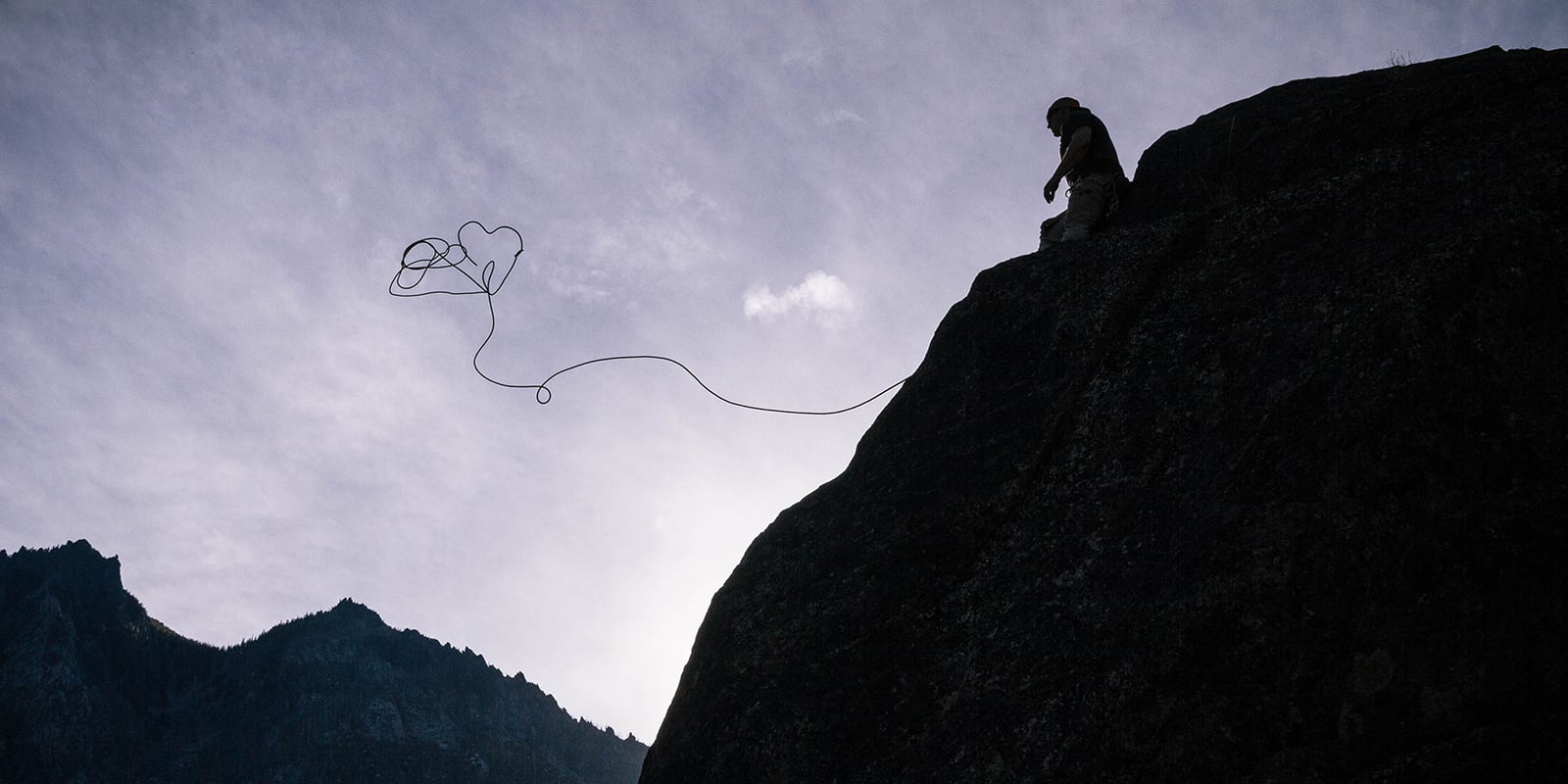
Credit: www.rei.com
Frequently Asked Questions
How Many Times Can You Use A Climbing Rope?
The lifespan of a climbing rope depends on usage and care. Typically, a rope can withstand many climbs but should be retired after heavy wear, damage, or approximately 10 years of occasional use. Regular inspections help determine its condition for safe use.
What Does The Number Of Falls Mean On A Rope?
The number of falls on a rope indicates how many times it can sustain a climber’s fall before it is no longer safe to use.
How Much Force Can A Climbing Rope Take?
A climbing rope can typically withstand forces up to 2,500 to 3,000 pounds (11 to 13 kN), depending on its type and condition. Certified ropes undergo rigorous testing to ensure safety and durability for climbers.
How Much Tension Can A Climbing Rope Take?
Climbing ropes can typically withstand forces between 2,000 and 3,000 pounds (9 to 13 kN). Each rope’s specific strength depends on its type and condition, so always check the manufacturer’s specifications. Regular inspections are crucial to maintain safety.
Conclusion
Climbing ropes are built to withstand multiple falls, but they aren’t indestructible. Regular inspection and understanding usage limits are crucial for safety. Always replace your rope if you notice significant wear or after a severe fall. Remember, safe climbing is about smart gear management.
Stay informed and climb safely.
{ “@context”: “https://schema.org”, “@type”: “FAQPage”, “mainEntity”: [ { “@type”: “Question”, “name”: “How many times can you use a climbing rope?”, “acceptedAnswer”: { “@type”: “Answer”, “text”: “The lifespan of a climbing rope depends on usage and care. Typically, a rope can withstand many climbs but should be retired after heavy wear, damage, or approximately 10 years of occasional use. Regular inspections help determine its condition for safe use.” } } , { “@type”: “Question”, “name”: “What does the number of falls mean on a rope?”, “acceptedAnswer”: { “@type”: “Answer”, “text”: “The number of falls on a rope indicates how many times it can sustain a climber’s fall before it is no longer safe to use.” } } , { “@type”: “Question”, “name”: “How much force can a climbing rope take?”, “acceptedAnswer”: { “@type”: “Answer”, “text”: “A climbing rope can typically withstand forces up to 2,500 to 3,000 pounds (11 to 13 kN), depending on its type and condition. Certified ropes undergo rigorous testing to ensure safety and durability for climbers.” } } , { “@type”: “Question”, “name”: “How much tension can a climbing rope take?”, “acceptedAnswer”: { “@type”: “Answer”, “text”: “Climbing ropes can typically withstand forces between 2,000 and 3,000 pounds (9 to 13 kN). Each rope’s specific strength depends on its type and condition, so always check the manufacturer’s specifications. Regular inspections are crucial to maintain safety.” } } ] }
